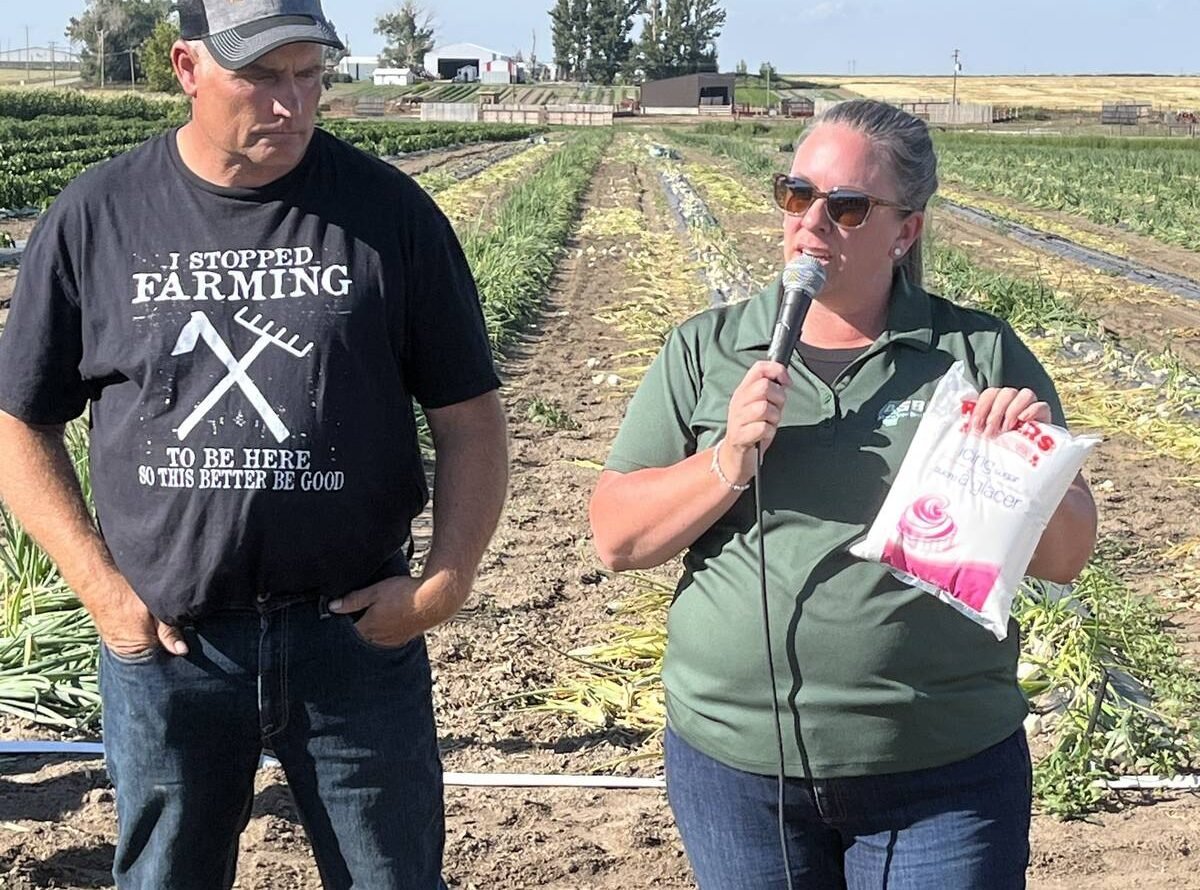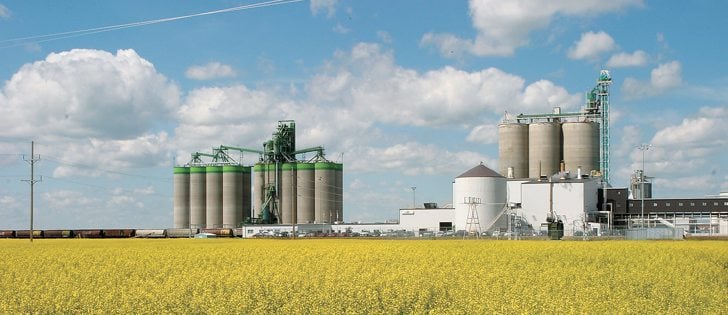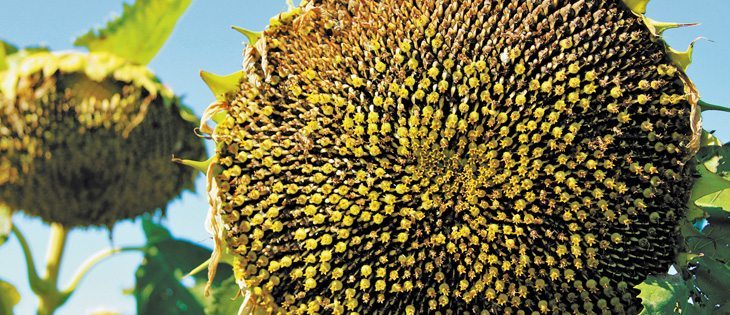If the good weather holds for another two weeks, it will result in
an abundant chickpea harvest for the few growers who planted the crop.
“(The chickpeas) just look excellent,” said Colin Young, manager of
R. Young Seeds, a chickpea and lentil processing company in Mortlach,
Sask.
“They are well podded and well filled. It should be an excellent yield, but late.”
Three weeks ago, he would have said there was little chance of the
Read Also

Alberta’s beets a sweet domestic segment in Canada’s sugar supply
The sugar beet industry is showcased during a Farm to Table tour, as Taber features the last remaining sugar beet processing plant in all of Canada.
crop coming in without a 20 percent green seed count due to frost.
However, a late August-early September heat wave accelerated
development and turned the crop’s fortunes around.
The only lingering concern is that a late-season rain would cause
re-growth, forcing farmers to wait until after a killing frost to
harvest the crop and ensuring at least some green seed count.
Young estimates farmers will produce 50,000 to 60,000 tonnes of
kabuli chickpeas, adding to the 20,000 to 40,000 tonnes stored in bins.
His estimate is much lower than the one produced by Stat Publishing,
which is forecasting 88,000 tonnes of large kabulis and 23,700 tonnes
of small kabulis and 39,600 tonnes and 9,900 tonnes of carry-in for
those two crops, respectively.
Young said chickpea stocks are in “tight fingers” because world
markets are not paying farmers enough compared to their lentils. There
are more costs and risks associated with growing chickpeas but lentils
are fetching higher prices.
Kabuli prices have stalled at 25 to 32 cents per pound for the past
two years, while red lentil prices have at times soared past 40 cents
per lb.
If farmers harvest a big crop this fall, Young said growers may be
expected to loosen their grip on supplies because excellent yields can
cover up disappointing prices.
He sees little reason for holding onto stocks.
“There is nothing to indicate that the markets are going to significantly change.”
Stat Publishing editor Brian Clancey is also encouraging growers to consider selling off the combine.
In the latest issue of Saskatchewan Pulse Growers’ Pulse Market Report, Clancey
said fall could be the best time to sell kabulis because India’s crop
will hit the market in January and Mexico’s crop arrives in March,
pushing the next available marketing window for Canadian kabulis to May.
However, Young said he understands why farmers may want to hold onto
their supplies because a price spike could mean an extra $10,000 to
$30,000 in profit.
“If it goes up five cents a lb., they’ve paid for the bins that (the chickpeas) sat in.”
Young said that the smaller size of today’s nine millimetre Frontier
chickpeas means the premium that once existed has disappeared.
“It’s a misconception that they’re hard to market. It’s just they need to be marketed at an appropriate price.”
Young is pegging desi chickpea production at 25,000 tonnes, which is
slightly higher than Stat Publishing’s estimate of 16,000 tonnes.
The crop will be sold exclusively into the North American dal market, resulting in a freight advantage over imported desis.
“The Canadian desi will pay a better return than the foreign market would indicate,” Young said.
Grower bids are approximately 25 cents per lb.
“Logic would say (prices) would have to go up with almost nil production,” Young said.















